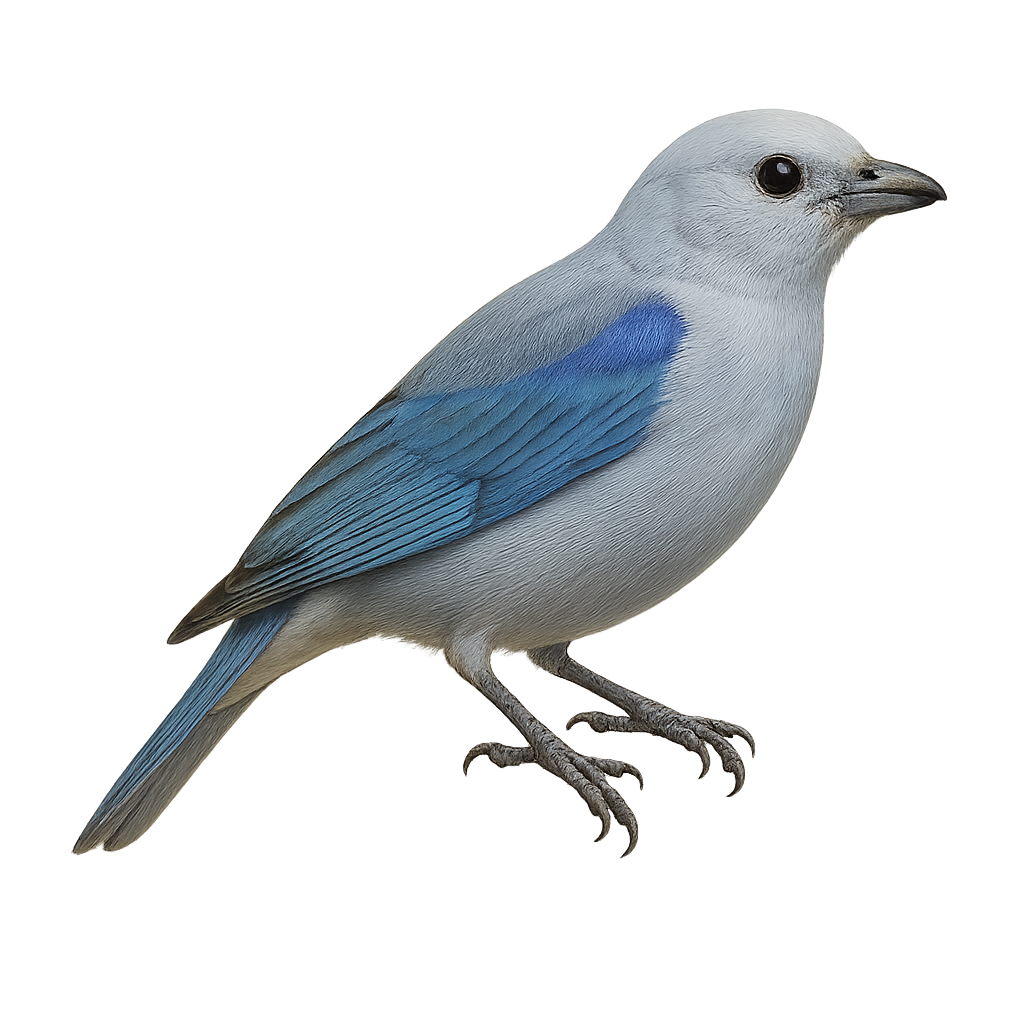Your wildlife photography guide.
Explore the blue-gray tanager in detail, study its behavior, prepare your shots.
Where to observe and photograph the blue-gray tanager in the wild
Learn where and when to spot the blue-gray tanager in the wild, how to identify the species based on distinctive features, and what natural environments it inhabits. The WildlifePhotographer app offers tailored photography tips that reflect the blue-gray tanager’s behavior, helping you capture better wildlife images. Explore the full species profile for key information including description, habitat, active periods, and approach techniques.
Blue-gray Tanager
Scientific name: Thraupis episcopus

IUCN Status: Least Concern
Family: THRAUPIDAE
Group: Birds
Sensitivity to human approach: Suspicious
Minimum approach distance: 5 m
Courtship display: April to May
Incubation: 13-15 jours
Hatchings: April to June
Habitat:
Tropical forests, wooded areas, urban gardens
Activity period :
Primarily active during the day, with peak activity in the morning and late afternoon.
Identification and description:
The Blue-gray Tanager is a medium-sized bird, about 18 cm in length. It is easily identifiable by its bright blue-gray plumage, with lighter shades on the belly and slightly darker wings. Its eyes are black, and it has a short, conical beak suited for its diet mainly consisting of fruits, but also insects. It is primarily found in tropical and subtropical forests, wooded areas, and urban gardens in Central and South America. Sociable by nature, it often lives in small groups and can be seen feeding in the canopy. Its presence is often marked by its melodious and repetitive song.
Recommended lens:
400 mm – adjust based on distance, desired framing (portrait or habitat), and approach conditions.
Photography tips:
To photograph the Blue-gray Tanager, focus on early morning hours when the light is soft and the bird is most active. Use a telephoto lens of 400mm or more to capture precise details of its plumage. Be patient and discreet, as this bird is suspicious but may approach if you remain still. Look for it in fruit trees where it likes to feed. A tripod can be helpful to stabilize your camera and achieve sharp images.
The WildlifePhotographer App is coming soon!
Be the first to explore the best nature spots, track rutting seasons, log your observations, and observe more wildlife.
Already 1 430 wildlife lovers subscribed worldwide

